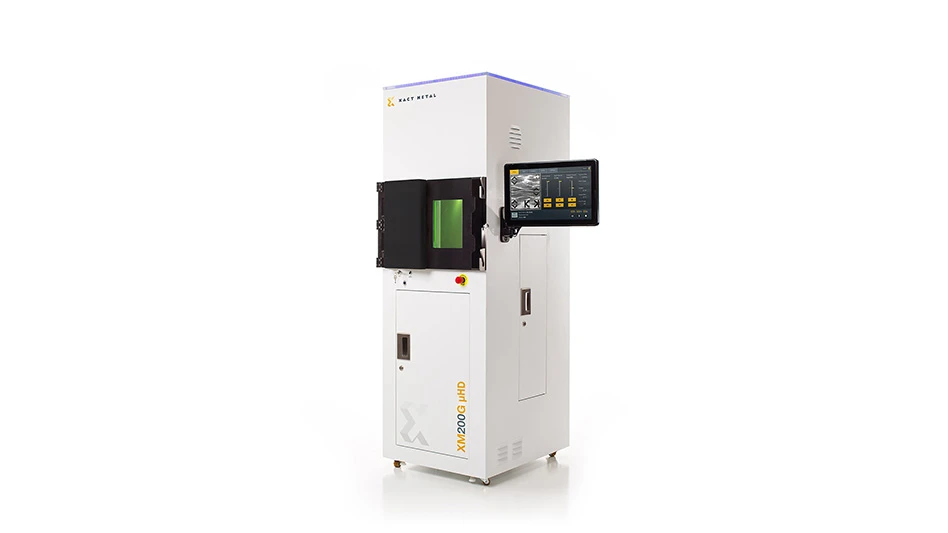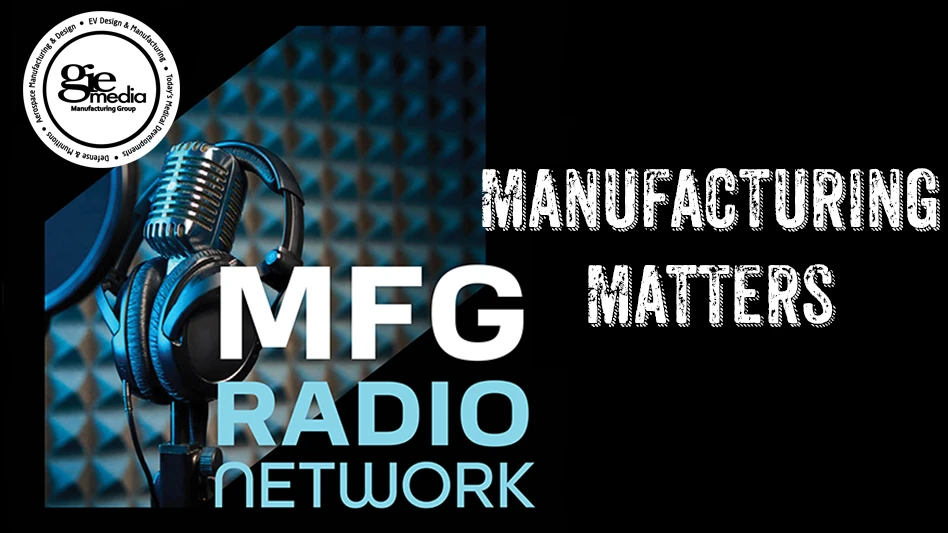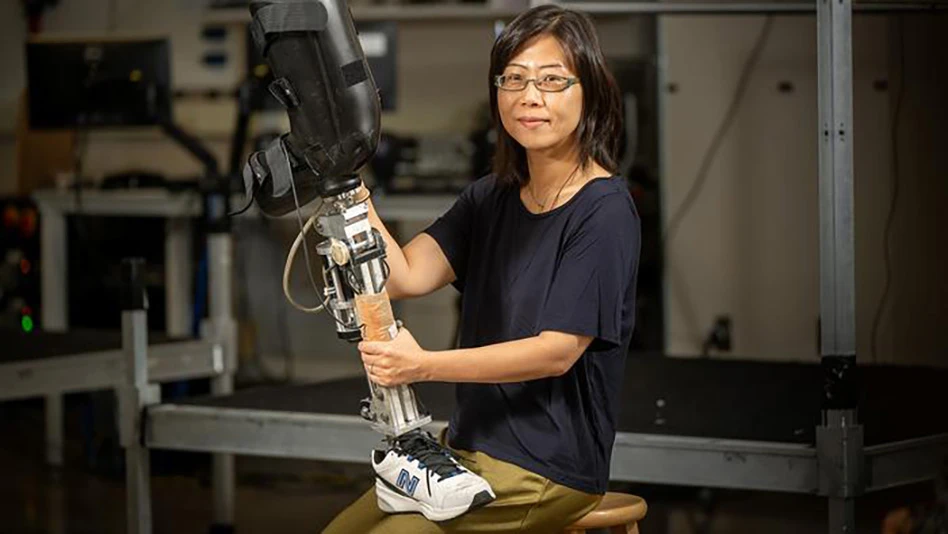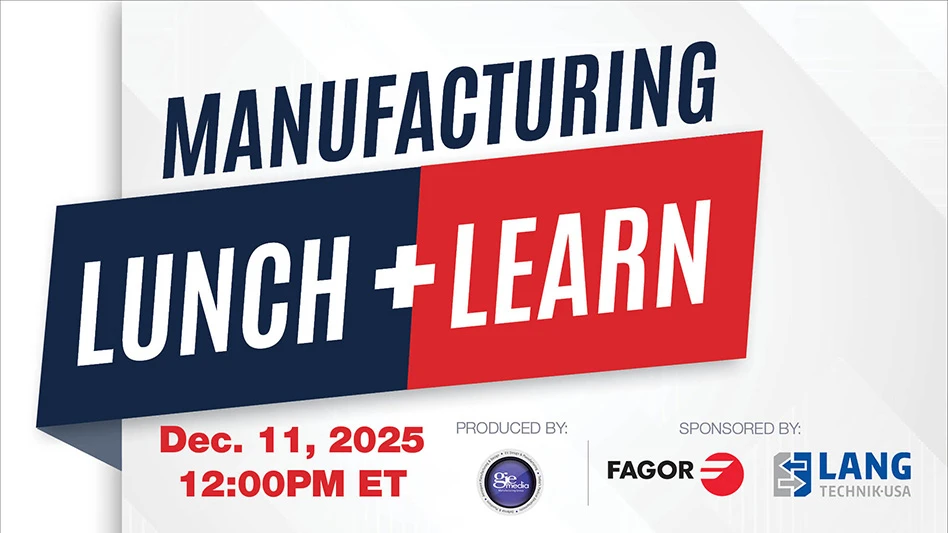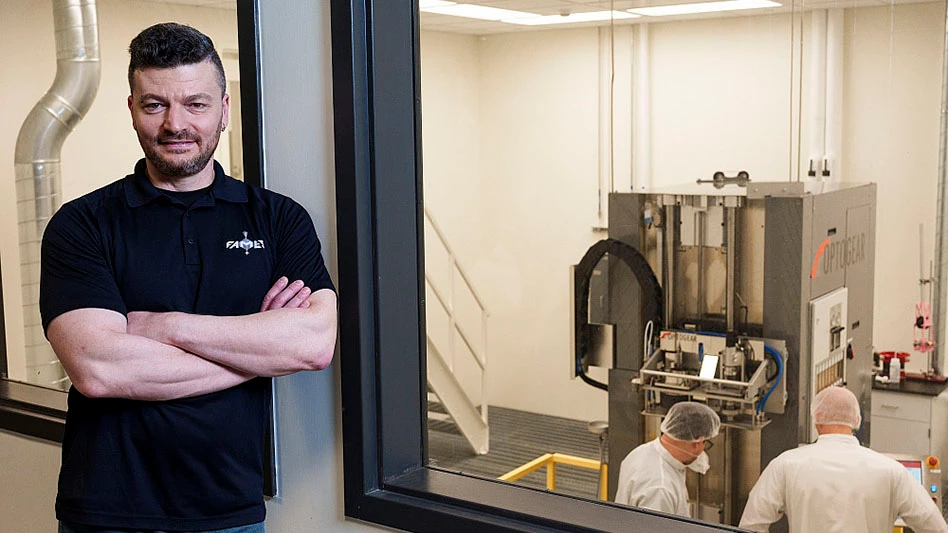Biodesign: The Process of Innovating Medical Technologies, released October 1, 2009 from Cambridge University Press, has been developed by a team of faculty and staff at Stanford University, in collaboration with hundreds of representatives from the Medtech field. Its purpose is to provide innovators with a comprehensive, actionable resource for guiding Medtech projects.
The book breaks down the process of innovation into three I’s – identify, invent and implement – and illustrates the themes through more than 40 case studies of companies like Kyphon, which develops technology for minimally invasive spinal surgery, or Cordis Corp., which produces stents and other endovascular technology. Those themes range from intellectual property regulations to sales, marketing and funding strategies, says principal writer Lyn Denend, MBA, a research associate at the Graduate School of Business. Each chapter concludes with a “Getting Started” section with step-by-step instructions to help innovators put their knowledge into action. And the book’s companion Web site, ebiodesign.org, offers further assistance in the form of links to databases, references and other online resources.
Features of the book:
- Over 40 case studies are included to demonstrate how real-world teams and companies have dealt with common medtech challenges.
- Quotes, vignettes, and working examples are shared from emerging and established companies and innovators.
- Medical, engineering, and business perspectives are represented throughout the text.
- Step-by-step instructions and references are provided in the Getting Started section for each chapter.
- Thousands of additional web links and other relevant information is available via this website.
- Read about how different audiences (students, faculty, innovators, entrepreneurs, and investors can use the book in different ways to maximize the value they gain.
“For the first time, we’ve put all of our fundamental principles, case examples and the whole process of innovating into a textbook,” says Josh Makower, MD, consulting associate professor of medicine in the Stanford Biodesign Program and a senior editor of the textbook.
The book’s development stretches back almost to 2001, when Stanford Biodesign opened its doors. Each year, the program takes 80 graduate students from multiple disciplines and teaches them how to invent medical devices. Originally, the course materials consisted mainly of a syllabus and an outline, but that soon expanded into the biodesign sourcebook, a bound collection of papers. That’s when Paul Yock, MD, the Martha Meier Weiland professor in the School of Medicine and the program’s director, began to get requests.
“We started getting people, venture capitalists, coming to us and saying, ‘Could we get a copy of your sourcebook?’” Yock says. “It dawned on us that it might be a good idea to take the next step and make a textbook.”
More than 90 universities worldwide now offer biodesign courses, a number of which are modeled after Stanford’s program. The editors hope that their book, the first of its kind, will become the go-to text for those courses, as well as for medical technology companies. After all, Makower says, the book gets to the heart of the Stanford Biodesign credo: Innovation can be taught.
“Society has done itself a disservice,” Makower says, who is the CEO of ExploraMed, a medical device development company. “It’s made us believe that inventors are people with crazy hair, trapped away in their basements doing experiments and all of a sudden a eureka moment happens. What we teach at biodesign is that everyone is capable of being an inventor.”
Yock and associate professor of business Stefanos Zenios, PhD, are the other senior editors of the book. The proceeds from the book’s sale will help fund the Biodesign Program.
For more about the book and to order, click here.
A companion website has also been released with the book.
Latest from Today's Medical Developments
- GrindingHub Americas launches in 2027 in Cincinnati, Ohio
- Methods Machine Tools now offers the Nakamura-Tome NT-Flex
- Battelle awards $900,000 in STEM education grants to Ohio schools
- #55 Lunch + Learn Podcast with KINEXON
- Starrett and Gerstner offer limited edition, American made 1950s replica wooden machinist tool chests
- EMCO’s UNIVERSALTURN 50: The new benchmark in universal turning
- Archetype's Expertise for Equity accelerates early-stage innovation
- Stratasys expands its AM solutions with Tritone's cutting-edge technology
